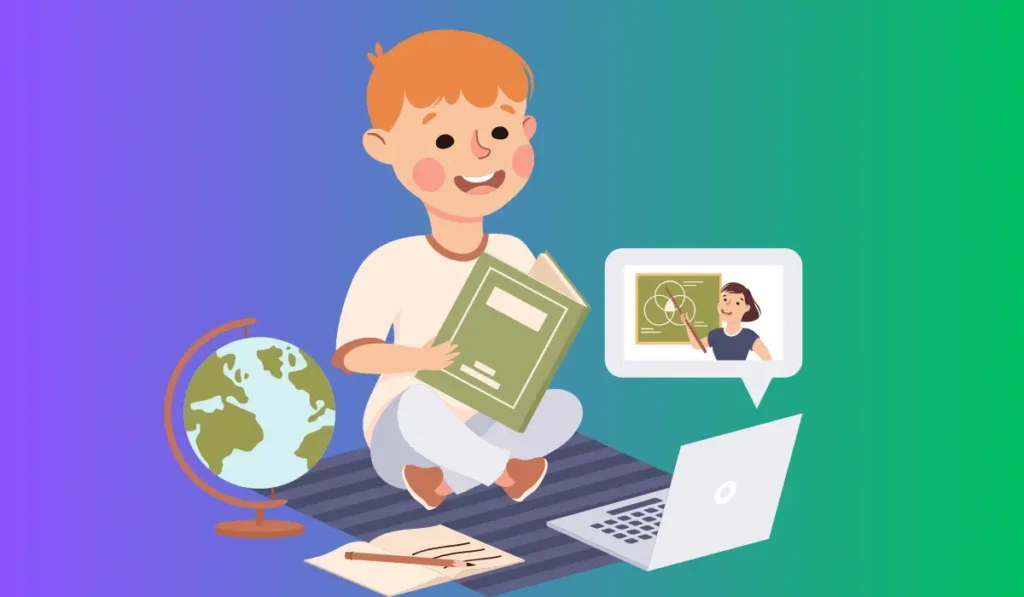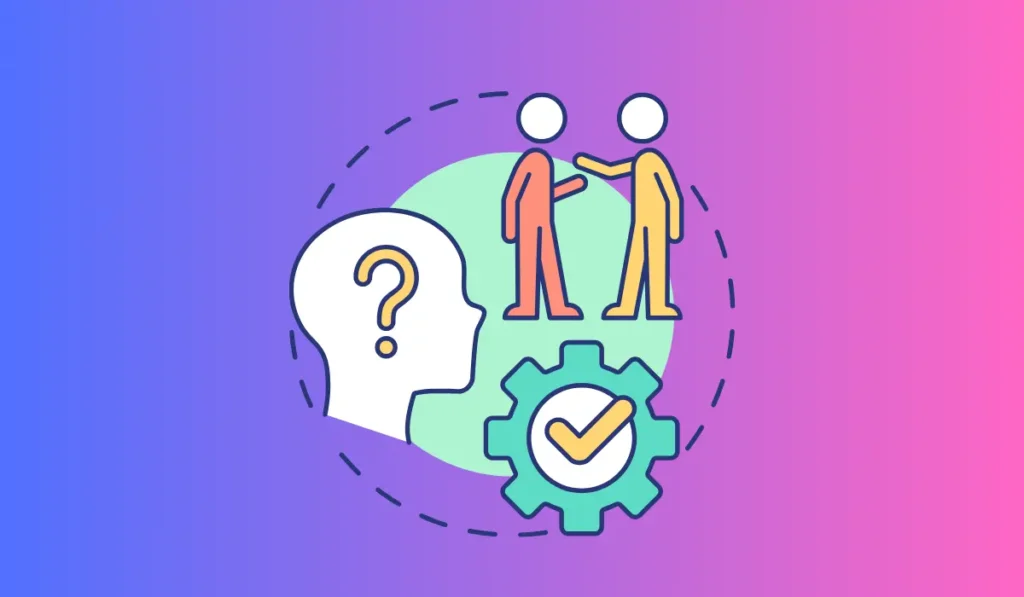Teaching learning materials are a crucial element of the educational process. They can support learners in engaging with the subject matter, helping them to effectively comprehend and retain knowledge.
However, creating effective teaching-learning materials calls for careful consideration regarding their appropriateness, engagement value, accessibility, and learner-centeredness.
In this article, we discuss the principles of using teaching-learning materials and their role in supporting active learning.
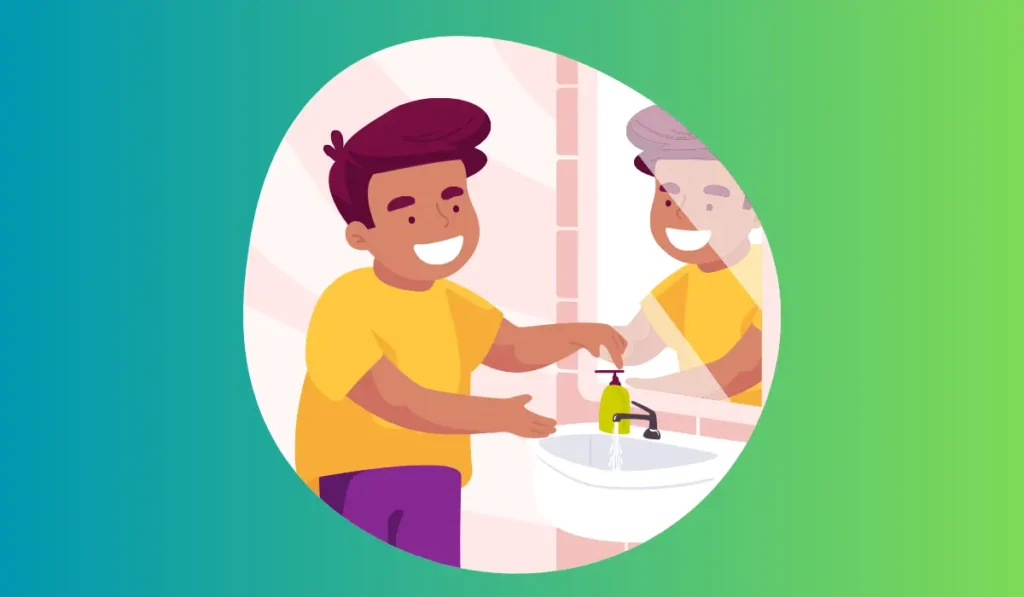
Creating Effective Learning Materials
Creating effective learning materials requires that educators understand their students’ needs. This means knowing that students come from diverse backgrounds and have unique learning styles. To make sure learning materials meet their needs, consider the following:
- Identify the learning goals – the learning goals should be made clear to the learners before they begin. This helps the learners understand what they are supposed to accomplish.
- Determine the learners’ needs – learning materials should be adapted to match the learners’ needs. Conduct a needs assessment to ascertain the learners’ background information, learning styles and preferences.
- Use varied teaching techniques – every student has different learning preferences, so it is crucial to use a variety of teaching techniques. Some students may prefer video format, while others may prefer a more traditional approach using textbooks.
Components Of Effective Learning Materials
The effectiveness of a learning material depends on the quality of the components used in its development. Here are some components that make effective learning materials:
- Clear objectives – clear objectives will help the learners understand what they should expect from the learning material.
- Simple and concise language – language should be clear, concise, and straightforward to facilitate ease of understanding.
- Multimedia – incorporating multimedia such as images, videos, animation and audio can make learning materials more engaging and effective.
- Appropriate design – the design should be visually appealing, uncluttered, and organized, making it simple for the learner to navigate.
Approaches For Teaching Learning Materials
The approaches for teaching learning materials should focus on active and interactive learning techniques.
- Use a hands-on approach – instead of just reading through learning materials, students should be given practical exercises. This helps the learners use their skills and knowledge to solve problems.
- Group discussions – collaboration helps engage learners better because learners can contribute their experiences and questions. Group discussions can promote engagement and ensure learners are active participants.
- Feedback – giving feedback on learner’s progress helps them to understand what they are doing well and where improvements are needed.
- Assessments – regular assessments could be included to monitor progress and for feedback purposes.
Understanding the learners’ needs, using varied teaching techniques, incorporating multimedia, following clear objectives, appropriate design and the right approach can leverage the effectiveness of learning materials.
The right approach will make the learning process fun and engaging, improving understanding and retaining knowledge.
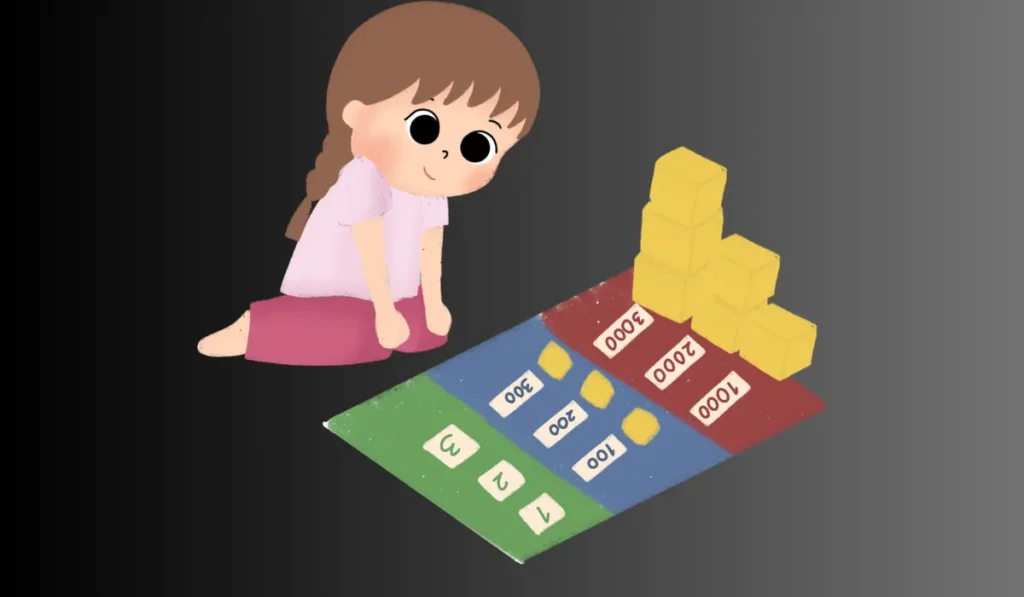
Approaches To Teaching Learning Materials
Teaching learning materials are an essential component of any classroom activity. Several approaches can be adopted to deliver the content effectively. The following are some of the approaches adopted by teachers across the world:
Experiential Learning Approach
The experiential learning approach is based on the philosophy that students learn better by doing. It is an activity-based approach that calls for students to be involved in activities that challenge them cognitively, physically and emotionally.
The aim is to encourage independent thinking, problem-solving and creativity in learners.
Here are some key points to note about this approach:
- It utilizes hands-on activities, which allow learners to engage with their surroundings.
- It prioritizes learner-centered learning, where students participate actively in the lesson.
- The emphasis of this approach is on the process of learning, rather than just the outcomes.
- It requires teachers to act more as facilitators rather than strict instructors.
Cooperative Learning Approach
The cooperative learning approach emphasizes the importance of teamwork and collective responsibility in the learning process. It recognizes that individuals learn better when they work together as a team. Here are some key points to note about this approach:
- It involves students working in small groups to complete learning tasks together.
- It requires active participation from each member of the group in order to achieve the set objectives.
- It emphasizes communication, collaboration and mutual respect between members of the group.
- It enables students to learn from each other’s strengths and weaknesses.
Inquiry-Based Learning Approach
The inquiry-based learning approach is focused on the process of asking questions and seeking answers. It encourages learners to take an active role in their learning by exploring real-world problems and finding solutions to them.
Here are some key points to note about this approach:
- It is centered on asking questions, seeking answers, and designing investigations.
- It encourages learners to develop critical thinking, problem-solving, and communication skills.
- It promotes deep understanding and long-term retention of content provided by the teacher.
- It strives to cultivate lifelong learners who never stop questioning and exploring.
Problem-Based Learning Approach
The problem-based learning approach is centered around solving real-world problems by creating a shared learning experience. It is an effective way of engaging learners, especially when dealing with complex real-world problems.
Here are some key points to note about this approach:
- It involves providing learners with a problem that they have to solve collaboratively as a group.
- It is based on constructivist learning theory, which asserts that learners construct new knowledge by linking it to previous knowledge.
- It promotes learner-centered teaching and learning where learners are empowered to seek solutions to the problem on their own.
- It enhances problem-solving skills, critical thinking, and collaboration skills.
The different approaches to teaching learning materials provide a framework for the delivery of the content effectively. Teachers can use these approaches in their classroom activities to engage learners and enhance their understanding of the subject matter.
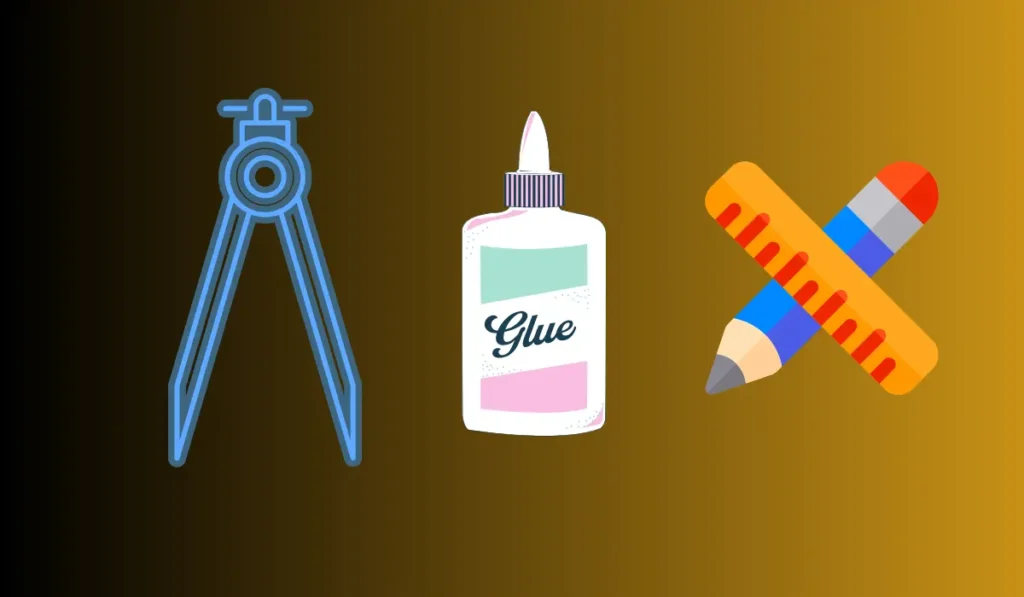
Utilizing Technology For Enhanced Learning
Technology has revolutionized how students learn, communicate, and interact with the world around them. The benefits of incorporating technology in education are countless, including:
- Personalized learning experiences that cater to the individual needs and abilities of each student
- Improved engagement and motivation through interactive and visually appealing content
- Better retention of information through multimedia resources such as videos, images and infographics
- Access to a vast array of digital resources and tools that supplement traditional classroom instruction
- Enhanced collaboration and communication between students and teachers, regardless of location
- Improved organizational skills and time management through the use of digital tools and apps
- Increased opportunities for distance learning and remote education
Integration Of Technology In Teaching
Technology integration with Ipaas Solutions in teaching involves incorporating technological tools and resources into classroom instruction to enhance learning outcomes.
Successful integration requires careful planning, implementation, and assessment. Key aspects of technology integration in teaching include:
- Aligning technology use with learning objectives and standards
- Ensuring access to reliable and up-to-date technology infrastructure and resources
- Providing professional development opportunities for teachers to learn about new technologies and best practices for integration
- Encouraging collaboration and communication between teachers to share successful integration strategies and lessons learned
- Conducting regular assessments to determine the effectiveness of technology integration on student learning outcomes
Digital Learning Tools And Resources
Digital learning tools and resources include a wide range of technologies and platforms designed to support student learning and engagement. Popular digital learning tools and resources include:
- Learning management systems (LMS) that allow teachers to manage and deliver content, track student progress, and facilitate communication and collaboration
- Interactive whiteboards and projectors that allow teachers to display and highlight content in real-time, and students to participate in interactive activities and discussions
- Online textbooks and digital libraries provide access to a plethora of information in various formats including video, audio, text and multimedia
- Education-specific software and apps that support differentiation, gamification, and student assessment
- Virtual and augmented reality tools that offer immersive and engaging learning experiences
- Video conferencing and webinars that facilitate remote learning and collaboration among students and teachers from different locations
By incorporating these digital learning tools and resources into teaching and learning, educators can create personalized, engaging, and effective learning experiences that cater to the diverse needs and abilities of all students.
Frequently Asked Questions
What Are Teaching Learning Materials?
Teaching learning materials (TLMS) are resources that instructors use to help students learn, understand, and retain information. TLMS can be anything from textbooks, videos, games, and illustrations to experiments, guest lectures, and field trips.
Why Are Teaching Learning Materials Important?
Teaching learning materials are essential because they create an interactive and engaging learning environment. They help students better understand complex concepts, provide practical knowledge, and promote effective communication skills.
How Can Teachers Make Effective Use Of Tlms?
Effective use of teaching-learning materials requires careful planning and organization. Teachers should select appropriate materials for each lesson, prepare them in advance, and integrate them into their teaching plan seamlessly.
How Does TLMS Enhance Learning Outcomes?
When used effectively, TLMS can enhance learning outcomes by improving student engagement, greater retention of information, and increased critical thinking and analytical skills.
What Are The Challenges In Implementing Tlms?
Implementation of TLMS requires significant time, financial, and material resources. Some teachers may not have access to the right TLMS, while others may not have sufficient knowledge or training to use them effectively.
Conclusion
Teaching and learning materials have come a long way since the days of a dusty chalkboard and a few textbooks. Today, educators have a wide variety of resources at their disposal when it comes to teaching. However, with this abundance of materials, it’s important to keep some key principles in mind. First and foremost, any materials used must be appropriate for the student’s age, learning level, and cultural background. They should also be aligned with the curriculum and objectives. In addition, materials should be engaging, interactive, and visually appealing to keep students interested and motivated.
